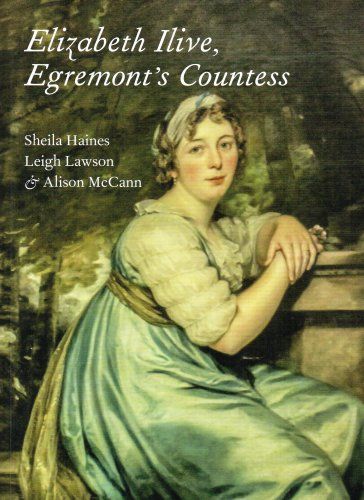
Elizabeth Ilive, Egremont's Countess
by Sheila Haines, Leigh Lawson and Alison McCann
Bakehouse Press, 2017
134 pages, 35 full color illustrations, 3 black and white illustrations
"The book is beautifully presented and contains a large number of illustrations, many of which reproduce original documents and artefacts from many sources as well as those from Petworth House and West Sussex Record Office."
Helen Whittle
"Egremont’s Countess can control
the flames of Hell that round me roll" - William Blake
"The late Sheila Haines put an immense amount of work into researching the life of Elizabeth Ilive in collaboration with Leigh Lawson. For the present project Leigh enlisted the help of Alison McCann with her unique knowledge of the Petworth House archives and Jonathan Newdick whose distinctive presentation skills are very much part of an impressive biography."
Peter Jerrome, The Petworth Society Magazine No 171 March 2018
Exhibition:
Elizabeth Ilive - A Woman Ahead of Her Time
Petworth House
5 May - 31 December 2018